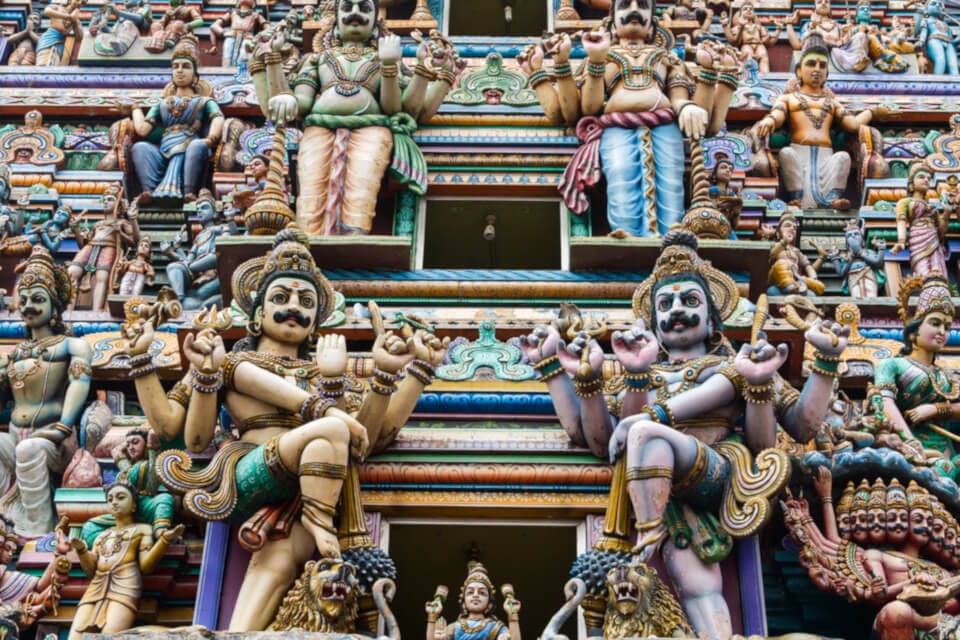Castes of Hinduism: what to know

Castes of Hinduism. This is the oldest social class structure in the world. The word for caste in Sanskrit is Varna and means, type, color or class. There are four main social classes or castes in Hinduism and they are as follows:
- Brahmins: teachers, scholars or priests.
- Kshatriyas: warriors or rulers.
- Vaishyas: merchants, landowners.
- Shudras: laborers.
All castes originate from Brahma (the creator God) and each caste comes from a different part of Brahma’s body. Brahmins originate from the head while Shudras (who do menial jobs) come from his feet. Kshtriyas originate from the arms and Vasihyas from the thighs.
Receive all our tips by email!
Love Astrology? Subscribe Now and Receive Exclusive Content!
Castes of Hinduism are then further divided within each group, with 3000-recorded castes in existence. Those who fall outside of this system are known as Dalits or Untouchables. Untouchables, more often, live a life of extreme hardship in India.
How does the caste system work?

The caste system in India has dictated many aspects of Hindus lives in India, from what they may potentially earn to whom they marry and where they live. Even to this day, many conservative Hindus will not marry outside of their caste.
Different castes that have their own villages and their own water fountains. The situation in the past was one of segregation and prejudice towards those of lower castes.
India however, has made huge changes and although such discrimination may persist in rural areas, the country has seen its first Dalit president and any discrimination is illegal and against the constitution. India prides itself on being a secular country boasting clear divides between religious dogma and the running of the state.
Modern India
It is now illegal in India to discriminate based on caste, although affirmative action exists to help those coming from what are classed as OBC groups (Other Backward Classes).
Affirmative action has resulted in negative consequences, however, including riots and clashes between groups. Those born into higher castes but are still struggling with poverty argue that positive discrimination is giving unfair advantages as the assumption that being born into a higher class makes you better off, is now redundant.
Untouchables
For a short time the untouchables or Dalits (meaning depressed) were renamed Harijan (children of God) by Gandhi, this new name was followed until the 1980s until it was deemed condescending.
Historically, Dalits have sought emancipation from their status and treatment in Hindu society by converting to Christianity or Islam.
Castes of Hinduism and Reincarnation
Traditionally, Hindus believe humans are trapped in a state of samsara. This is the cycle of birth, life, death and rebirth.
The caste in which you are born is reflective of how you lived your past life, so it means that if you are born into a lesser caste, you have a lesson to learn. This reinforces the prejudice of the caste system, as the underling belief is that the individual created and are responsible for their social standing. The only way to change caste is to be born again into a higher one.
Differences related to castes of Hinduism still hold a strong grip on modern Indian society, especially in rural areas. The caste system is the single most divisive issue in modern Hindu culture.
You may also like:
- Third Eye: what to know
- The basics of Buddhism
- Mahayana: all you need to know
- Akasha: everything you need to know
- Prithvi: everything you need to know

